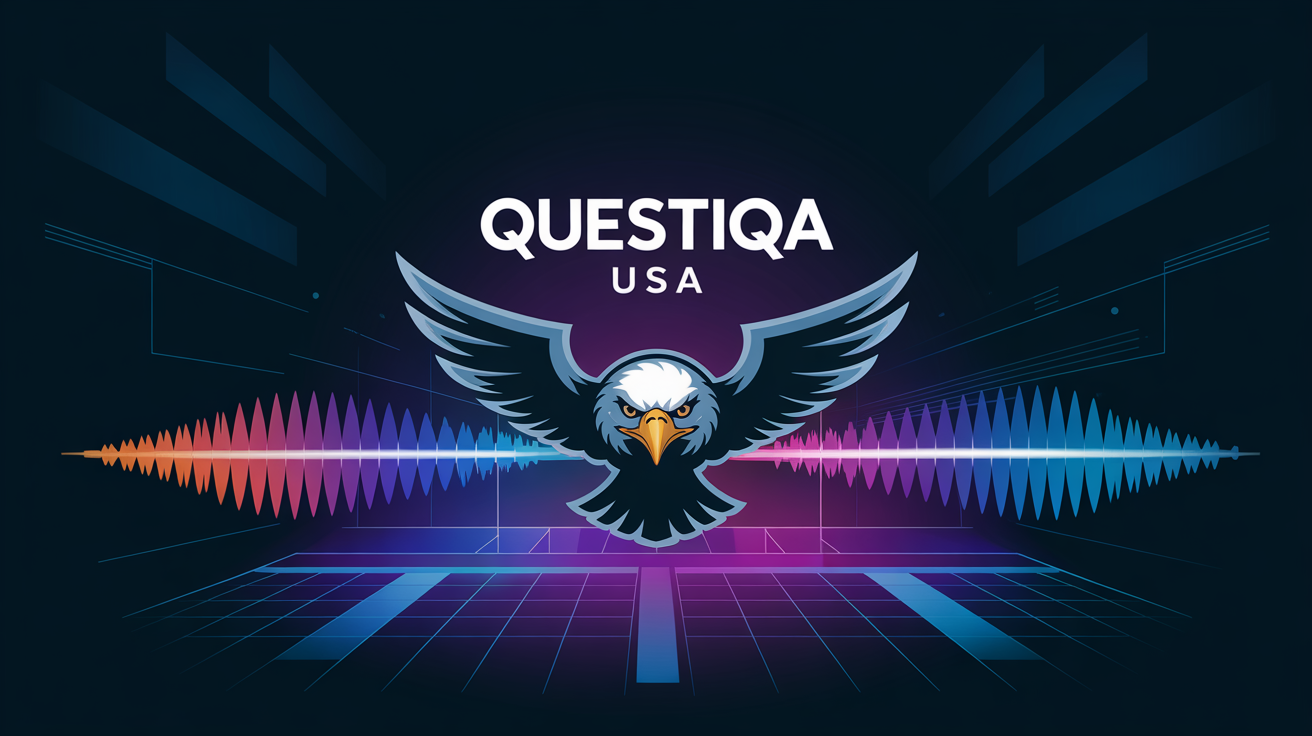In today’s rapidly changing environment, U.S. schools face an increasing need to prepare for various medical emergencies. Ensuring the safety and well-being of students and staff requires planning, training, and resources tailored to the most common and critical health crises. Here are the top three medical emergencies that schools must be prepared for now:
1. Severe Allergic Reactions (Anaphylaxis)
Allergic reactions to food, insect stings, or environmental factors can escalate quickly and become life-threatening. Schools must have protocols for rapid identification and treatment, including:
- Availability of epinephrine auto-injectors
- Staff training on recognizing symptoms and administering medication
- Clear emergency action plans for students with known allergies
2. Asthma Attacks
Asthma is one of the leading causes of emergency visits among children. Schools should be ready to manage acute asthma attacks by:
- Maintaining easy access to inhalers and spacers
- Training staff to recognize early signs of respiratory distress
- Developing individualized asthma action plans in collaboration with healthcare providers
3. Sudden Cardiac Arrest (SCA)
Though less common, sudden cardiac arrest can happen at any age and requires immediate intervention to save lives. Schools need to be equipped with:
- Automated External Defibrillators (AEDs) available in key locations
- Regular CPR and AED training for staff and students
- Awareness programs about recognizing warning signs and emergency response
Preparing for these emergencies involves more than just equipment—it requires ongoing education, clear communication, and drills. By focusing on these critical areas, schools can create a safer environment and be ready to respond effectively when medical emergencies occur.







Average Rating